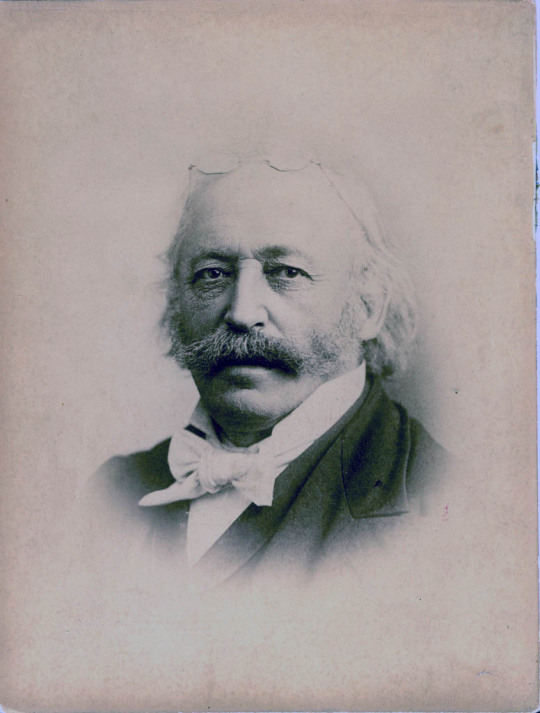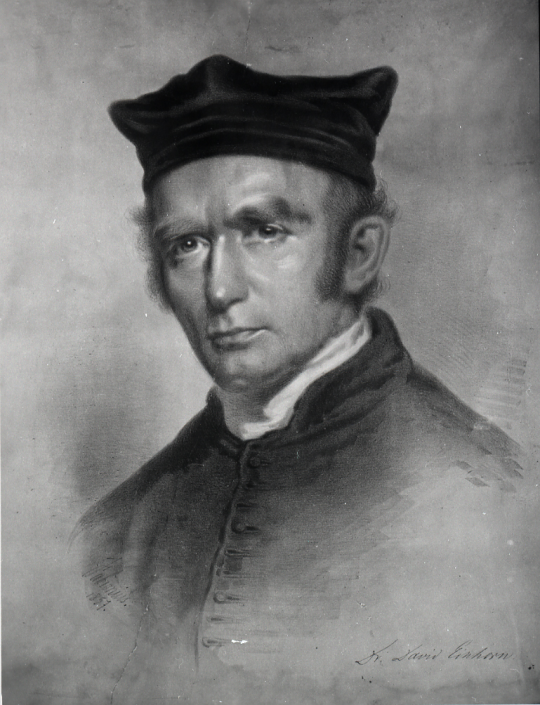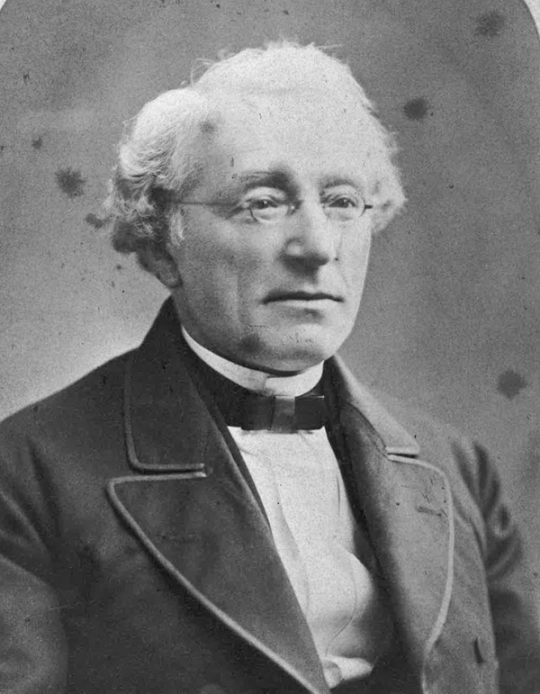By Josh Daniels, Former Research Intern
Josh
Daniels is writing a two-part series of blog posts on the intellectual foundations
of Reform Judaism. See his first post here.
Once Reform
Judaism began to spread to America, it encountered a very different environment
than the one it came from back in Germany.
Politically, the American Constitution promised rights to religious
freedom, preventing the government from sanctioning the liturgy, practices, and
limitations of religious reform as was the case in Germany. From a theological standpoint, there was no
central orthodoxy established in America in the middle of the 19th
century which could curtail reform, certain small Jewish communities in places
like South Carolina notwithstanding.
Despite the open-ended possibilities for reform, the directions the
movement took in America roughly followed along the paths set down in Germany
by Holdheim, Zunz, and Geiger. The
atmosphere of religious freedom and optimism in America is summarized by an
article by Abram S. Isaacs in the 1899 edition of the American Jewish Year Book:
“…the marked
changes that have followed successive landslides of immigrants to American
shores have demanded broader and more effective agencies, and given, to a
certain degree, shape and direction to our community. While in many countries the medieval spirit
still prevails, making the Jew a wanderer and an outcast, on American soil he seems
to be preparing a distinctly new era, and, composed of representatives of every
clime and nationality, American Israel meets with full confidence the currents
of the time.”[1]
Like in
Germany, reform in America manifested in areas of liturgy, religious education,
positions on intermarriage, and many others.
As early as 1824, “The Reform Society of Israelites” founded in
Charleston, South Carolina adopted the reform Hamburg Temple prayerbook. As immigrants continued to bring Reform
Judaism to America, the positions of Abraham Geiger and Samuel Holdheim would
both find proponents on our side of the Atlantic.

Portrait of Rabbi Isaac Mayer Wise (1819-1899) by James Landy (1888). Cincinnati, 19th Century. Collection of Yeshiva University Museum, New York, Gift of Dr. Hyman Bogomolyn Grinstein.
Isaac Mayer Wise was born in 1819 in
Germany, and came to America in 1846. He
championed the views of Abraham Geiger, such as the position that reform was a
project which should take place within the whole of the Jewish community, and
not on the periphery.[2] Wise and Geiger can be considered the more
conservative strain of reform in the 19th century. While not necessarily associated with what we
now know as the Conservative movement, these two thinkers retained the
importance of such ideas as the unity of world Jewry, the preservation of
Hebrew as the language of prayer, and the aversion to intermarriage.

David Einhorn, c. 1860, artist unknown, Jewish Museum of Maryland, L1987.018.001. http://jewishmuseummd.org/2013/07/museum-insights-july-19-2013/
As Wise became one of the main supporters of Geiger in
America, David Einhorn promulgated Samuel Holdheim’s ideas. Einhorn, at first, was a severe critic of
Wise. Einhorn attacked Wise’s project of
“the unification of all American Jews” and “the creation of a distinctly
American Judaism.”[3] English was to take the place of German,
primarily in the realm of education.
Einhorn was appalled by this, believing that the distinctive European
brand of Reform Judaism should be “confined to a cultural elite – a
German-speaking cultural elite to be specific.”[4] Wise and Einhorn were both heavily involved
in the many conferences held in the mid-19th century, all aimed at
implementing reform. The two would trade
colorful insults in their respective periodicals, but ultimately, both were
able to solidify their visions of reform into institutions of American Judaism
– Wise with his Union of American Hebrew Congregations and Einhorn with his
contribution to the official ideology of American Reform Judaism.[5]

From the website of Central Synagogue. http://www.centralsynagogue.org/about_us/archives/our-senior-rabbis-through-the-years
Last, there is one more reformer to mention who became a
dominant figure in the Jewish Reform community of New York: Dr. Max Lilienthal.
Lilienthal’s role more clearly paints a picture of what the details of American
reform looked like. This reformer was
Dr. Max Lilienthal. Born in Munich in
1814, Lilienthal came from a wealthy family which recognized the benefits of
both a religious and a secular education.
He studied both at a yeshiva
“and became one of the first rabbinical candidates to earn a Ph.D. at the
University of Munich, where he became imbued with the discipline and values of Wissenschaft, the
historical-philological study of texts.”[6] He emigrated to New York in 1845, where he
became the rabbi of three German Jewish congregations. His contributions to The Occidental, the first Jewish periodical in the United States,
tells us what the project of American reform looked like. An article about Lilienthal’s activities as
rabbi from 1847 describes the institutionalization of a process of
confirmation, which entailed that “every boy at twelve years of age, and every
girl at eleven, is to receive preparatory religious instructions from the chief
Rabbi himself… These instructions are to consist of the knowledge of religion
in general, but particularly the principles of the Jewish creed and its
revelations.”[7] The article also details the order and
conduct in the synagogue during prayer services, the establishment of a
rabbinical court, specific marriage laws, and the
provision of reliable kosher butchers.
Throughout the article, the author continuously mentions that his
formulations of all of these elements of the Jewish community are “in
accordance with the strictest rules of orthodoxy, as laid down in the Talmud
and the Shulchan-Aruch.”[8] The types of contributions made by Lilienthal
that I think are most interesting are the interpretations of texts with an eye
for historical contexts. For example,
one of his articles in the Jewish publication known as the Asmonean contained an article denying “that the Talmud had the
status of divine revelation, arguing that historical research concerning its
authors would remove their ‘halos’”.[9]
All of this just scratches the surface of the actions of these
three great reformers. They took the spirit of reform which was ignited in the
synagogues of Germany and not only made them relevant for Jews in an American
context, but much of the work they had to do involved building all of the
infrastructure required for such a community to exist. Even more importantly, these thinkers and
their disciples created long traditions of thought which enabled Jews to engage
meaningfully with many other elements of society, such as Enlightenment and
secularist values, while maintaining a robust and honest connection to the
spiritual heritage of Judaism.
[1] (Isaacs 1899)
[2] (Petuchowski 1976)
[3] (Petuchowski 1976)
[4] Ibid.
[5] Ibid.
[6] (Reuben 1997)
[7] (Leeser 1847)
[8] Ibid.
[9] (Reuben 1997)
